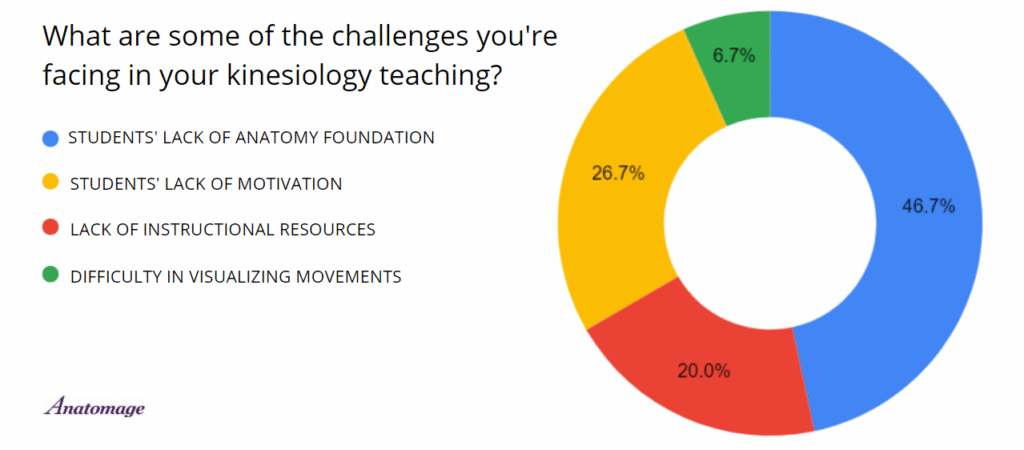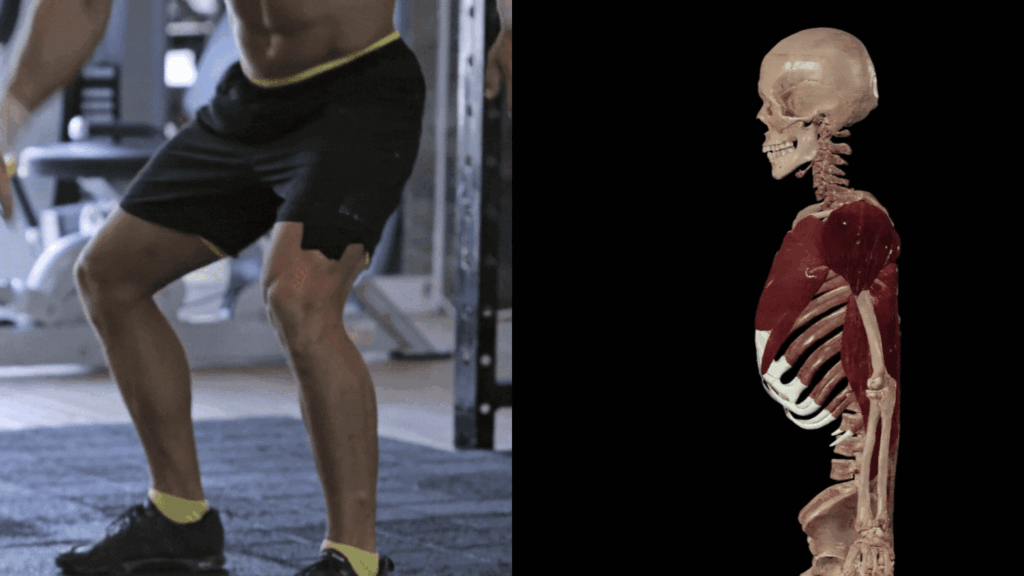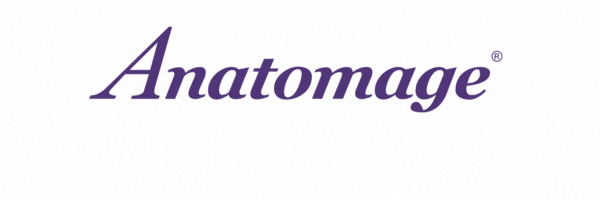Challenges in Teaching Kinesiology - And How to Combat Them with 3D Anatomy Visualization
“All human movements are expressive.”
The quote captures the utmost essence of kinesiology – the discipline explores the scientific significance behind human movements. For every expression that our bodies make, there is an underlying principle of why and how a movement is formed. And the principle is made sense through a mix of scientific explanations involving anatomy, physiology, biomechanics, and psychology concepts.
As a critical area in health sciences, Kinesiology is growing in popularity because of its versatile applications in the healthcare industry – including Sports Medicine, Physical Therapy, Chiropractics, and Recreation.
However, the subject isn’t the easiest – for both students and educators.
To understand the current state of the Kinesiology curriculum, we recently surveyed a group of medical educators and identified three major challenges that Kinesiology currently faces.
Kinesiology Challenge 1: Students’ Inadequate Anatomy Knowledge
Taking Kinesiology, students will explore an ecosystem of anatomy, physiology, and psychology principles behind human movements. Thus, it’s essential for students to have a solid foundation in anatomy and physiology.
The survey shows us that the biggest challenge currently faced in Kinesiology education is students’ lack of basic anatomy foundation – with more than 37% votes. With laboratory sessions and activities surrounding identifying muscles and joints that generate the motions, unprepared students will have a hard time grasping certain kinesiology concepts.

Yet, improving students’ anatomy knowledge requires a collaborative effort between teachers and students. Autonomous learning habits should be promoted as much as possible through interactive activities such as peer reviews, at-home dissection activities and online resources.
For example, YouTube contains many insightful anatomy videos for students to visualize and review the concepts. American Association for Anatomy is also an excellent medium for both instructors and students to refresh anatomy knowledge. And the best part is that these resources are completely free.
Kinesiology Challenge 2: Students’ Lack of Motivation
Often, students’ lack of motivation stems from their inability to see the value in the course or the disbelief that they don’t think their performance could be improved anytime soon. This brings us back to the previous challenge where refreshing anatomy knowledge can be obtained through online resources and other activities. Educators can help students easily navigate Kinesiology courses while lowering their learning boredom by providing students’ solid anatomy knowledge.
Another way to combat this challenge is to provide students an authentic and accurate perspective of what kinesiology can offer for their academic and career journeys. From Physical Therapy to Sports Medicine, the opportunities with a Kinesiology degree are endless.
Annually, HOSA facilitates regional competitions where students can connect and celebrate their anatomy knowledge. Not only do these types of events enable networking opportunities to learn about medical careers, but they also create a venue for students to establish friendships and support networks.
Kinesiology Challenge 3: Lack of Instructional Resources
According to the same in-house survey, 18.8% reported that lack of instructional resources is one of the reasons preventing them from achieving teaching satisfaction in Kinesiology. With the subject heavily emphasizing anatomical movements, it’s crucial to integrate technology into the learning activities that allow students to accurately visualize how joints, bones, and muscles work together to generate motions.
Interrelatedly, the same survey also tells us that the majority believe that 3D anatomy visualization can help combat the challenges during their teaching journey.

In a 3-dimensional space, motions on the anatomical planes can be simulated for 360-degree viewing, enabling viewers to examine different movements a body makes. Anatomical terms such as flexion, extension, abduction, adduction can be hard to comprehend.

Recognizing this need, Table 8 rolls out its 3D kinesiology simulation tools to enable digital bodies to replicate anatomical movements the way we do.
These kinesiology tools allow users to:
- Involve in hands-on kinesiology simulation activities to understand how a living body physiologically produce motions
- Manipulate skeletal, muscular, nervous, and cardiovascular tissue and activate anatomical movements on a digital body
- Understand how different movements are produced at various locations like shoulder, hip and knee
Containing a rich anatomy content library, the Anatomage Table is a great tool for students to review any anatomy concepts in preparation for their kinesiology activities. Annotations for regional anatomy are available for viewing. Users can tap on any muscles and joints while the motions are generated to see the names of the structures.
Technology resources offer invaluable benefits to teachers and learners in the digital age while bridging any learning gap to boost academic outcomes. Keep updated with our Anatomage technologies to combat emerging learning anatomy and physiology challenges.

